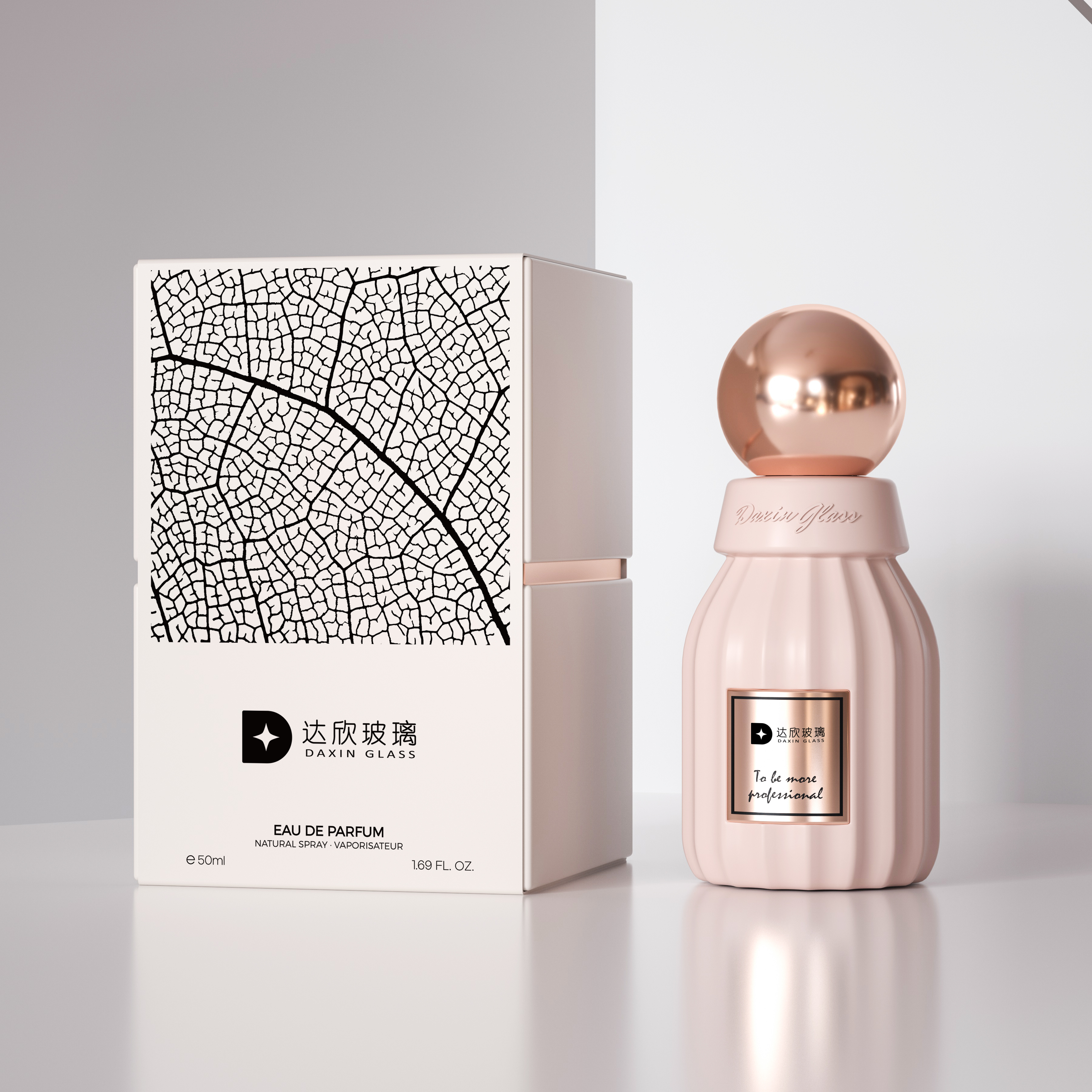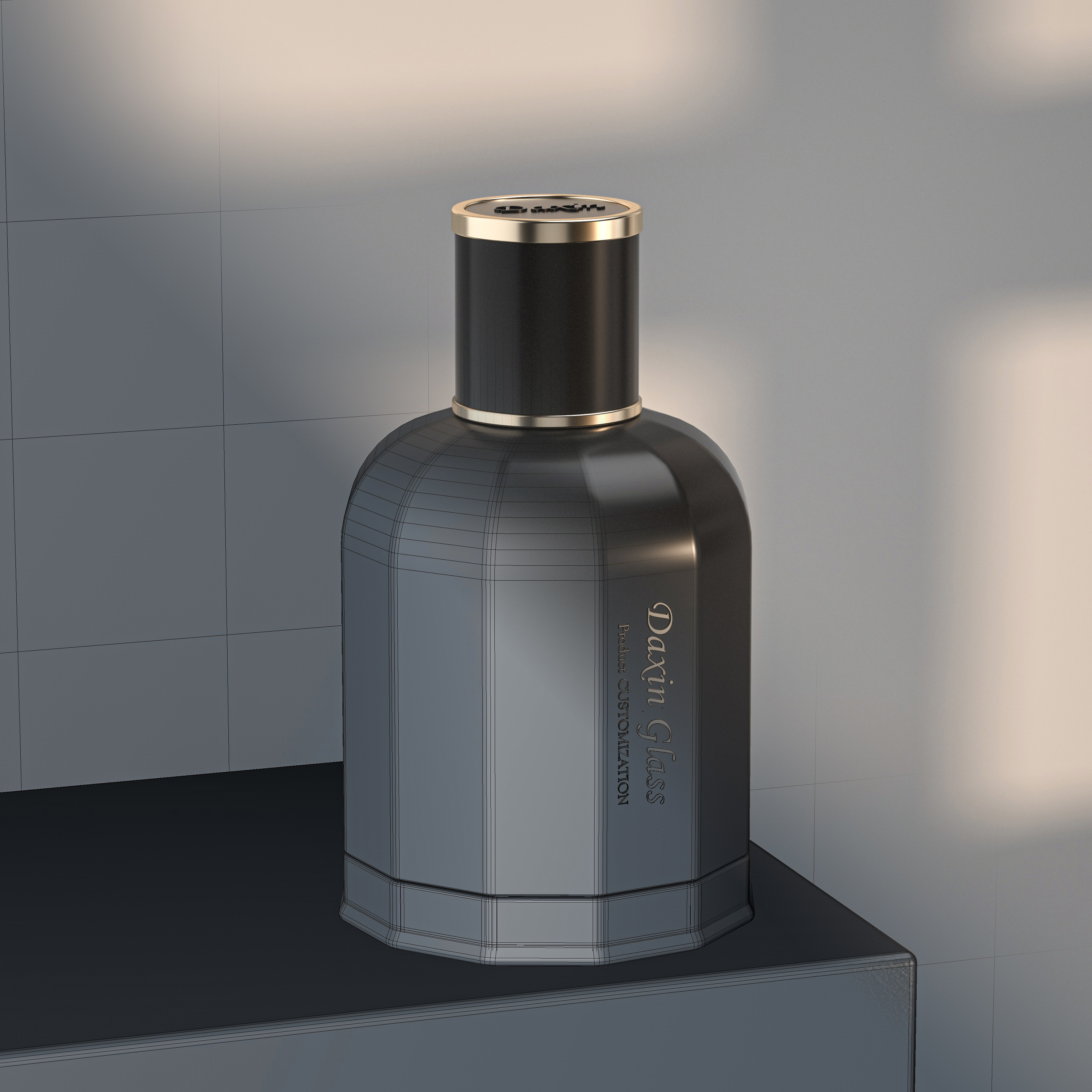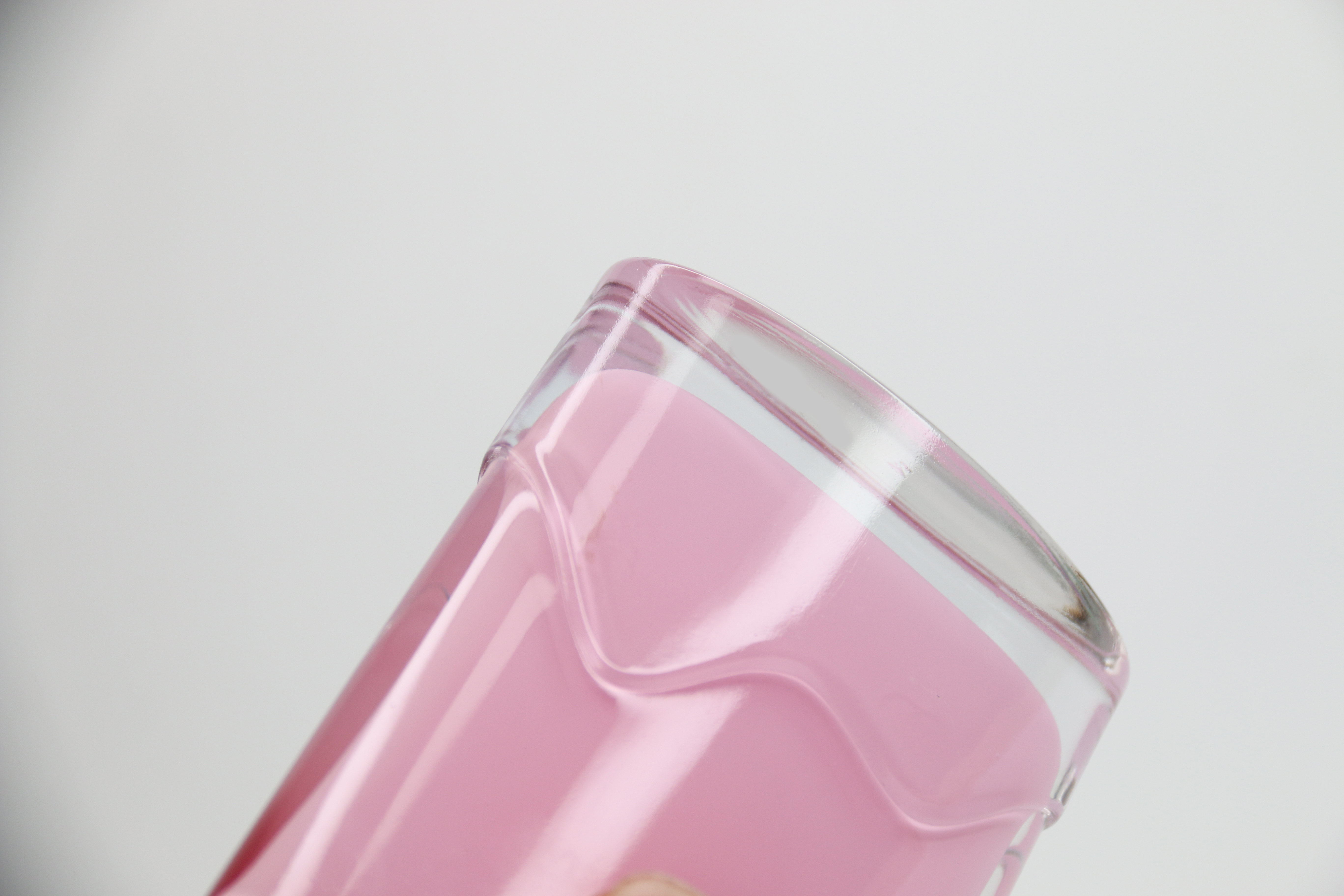How are perfume bottles designed?
This article provides an insider's look at the art and science of design perfume bottle, from initial inspiration to the final, captivating product that graces store shelves.
Ever wondered what goes into crafting that alluring perfume bottle that catches your eye on the department store shelf? It's more than just holding fragrance; it's about capturing an emotion, embodying a brand, and even sparking a little desire. The process, as I’ve witnessed cou ntless times over my years in the glass bottle industry, is a fascinating blend of artistic vision and meticulous technical expertise. Let's pull back the curtain and peek inside the world of perfume bottle design.
From Whispers of Scent to Visual Masterpiece
The starting point is always the fragrance itself. The design perfume bottle must echo the essence of the scent it contains. Is it a light, floral fragrance calling for delicate curves and clear glass bottle? Or a bold, spicy aroma demanding strong lines and perhaps even a touch of mystique with tinted glass? The design team works closely with the fragrance house, understanding the story the perfume aims to tell. Market research plays a crucial role, too. They examine competitor perfume bottles, identify emerging trends, and consider the target audience. This phase is all about generating ideas, sketching initial concepts, and exploring different shapes, sizes, and materials.
The Importance of the Brand's Identity
More than just a container, the perfume bottle acts as a physical extension of the brand. The design must seamlessly integrate with the brand's overall aesthetic, reflecting its values and personality.

Shaping the Dream: From 2D to 3D Realities
Once the concept solidifies, it's time to bring it to life in three dimensions. This is where skilled designers employ sophisticated 3D modeling software. They meticulously sculpt every detail of the perfume bottle, ensuring the proportions are just right and the curves flow gracefully. This digital model becomes the blueprint for creating physical prototypes.
The Prototype Phase: Feeling the Vision
Creating prototypes is vital. These physical models, often made using 3D printing or other rapid prototyping methods, allow the team to assess the ergonomics, balance, and overall aesthetic appeal of the design perfume bottle. Holding it in your hand, feeling its weight and texture, reveals nuances that are simply not apparent on a computer screen. This iterative process of modeling, prototyping, and refining ensures that the final perfume bottle is both visually stunning and comfortable to handle.

The Soul of the Bottle: Choosing the Right Glass
The choice of glass bottle is paramount. While alternatives exist, glass reigns supreme in the world of high-end perfume bottles. Its inherent clarity, durability, and chemical inertness make it the ideal material for preserving the integrity of the fragrance. We work with various types of glass, each offering unique properties. Crystal glass lends exceptional brilliance and clarity, while colored glass adds a touch of character. The weight and thickness of the glass bottle also contribute to the overall perception of quality.
More Than Just a Material: Sustainability Considerations
In today's world, sustainability is increasingly important. We’re seeing a growing demand for recycled glass options and designs that promote refillability, allowing consumers to reduce their environmental impact. A design perfume bottle can be beautiful and responsible.

Adornment and Detail: Giving the Bottle Its Personality
This is where the perfume bottle truly comes alive. Decoration techniques are used to enhance its visual appeal and communicate the brand's identity. From spraying and coating with vibrant colors to screen printing intricate designs and logos, the possibilities are endless. Hot stamping adds a touch of luxury with metallic foils, while engraving and etching create tactile textures. Labels provide essential product information and reinforce the branding.
The Art of the Label: Conveying Information and Style
Even the label itself can be a work of art, contributing to the overall aesthetic of the perfume bottle. The font, colors, and materials used all play a role in conveying the brand's message.

Quality Assurance: Ensuring a Flawless Final Product
Before mass production, each perfume bottle undergoes rigorous testing to ensure it meets the highest standards of quality and performance. Drop tests assess its resistance to breakage, leak tests guarantee its airtightness, and chemical compatibility tests verify its safety. Pump and sprayer tests evaluate the dispensing mechanism. Any flaws are identified and corrected, ensuring a flawless final product. It's a painstaking process, but essential for delivering a glass bottle that not only looks beautiful but also performs reliably for years to come.
Conclusion: Creating the perfect design perfume bottle is a delicate balance of art, science, and relentless attention to detail. From the initial spark of inspiration to the final, meticulously crafted product, it's a journey that transforms a simple container into a symbol of luxury, beauty, and personal expression. The glass bottle itself becomes a part of the fragrance's story, enhancing the overall sensory experience for the consumer.
Frequently Asked Questions (FAQ):
Q1: What is the most common type of glass used for perfume bottles?
A: Soda-lime glass is the most common due to its cost-effectiveness and good chemical resistance. However, for higher-end perfume bottles, crystal glass or other specialty glasses are often preferred for their superior clarity and brilliance.
Q2: Can perfume bottles be recycled?
A: Yes! Glass bottle is a highly recyclable material. Encourage consumers to recycle their empty perfume bottles to reduce waste and support sustainable practices. Check with your local recycling program for specific guidelines.
Q3: What are some trends in perfume bottle design?
A: Trends evolve constantly, but we're currently seeing a resurgence of minimalist designs, sustainable materials, and unique, tactile finishes. Personalization is also gaining popularity, with brands offering options to customize perfume bottles with initials or other special details.
Q4: How does the color of a glass bottle affect the perfume inside?
A: Darker colors, like amber or dark green, can help protect the fragrance from UV light, which can degrade the scent over time. Clear glass bottle is beautiful but requires careful storage to avoid exposure to direct sunlight.
Q5: What is the difference between a perfume bottle and a fragrance atomizer?
The perfume bottle is for storage, and the fragrance atomizer is a device to spray to perfume.




